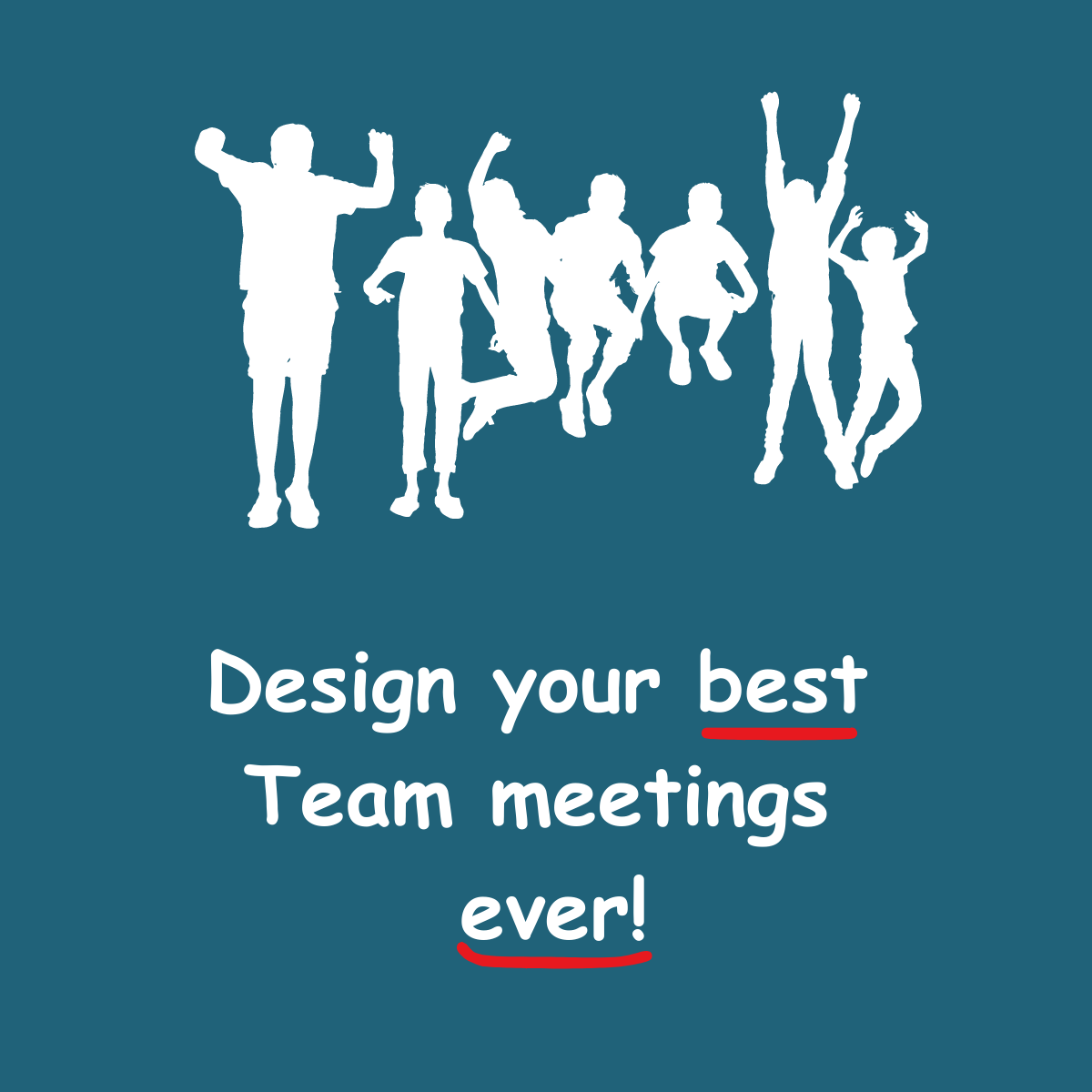
You are ready to send a meeting invite to the whole Team/Department. But you hesitate!
Will it be the best use of everyone’s time?
Meetings are a necessity in all work environments. Meetings provide the opportunity for people to contribute to strategy, projects and learn what others are accomplishing. Meetings that are done well, bring people together, contributing to a common purpose and valuable outcomes. Meetings not done well feel like a waste of time and worse, they interrupt the flow and output of solo work.
We are spending more and more time in meetings today than people did in the 1960’s. Virtual meetings are easily set up, making them as difficult to ignore as the ‘reply all’ option for email.
What do meetings cost, directly and indirectly?
The direct costs are easy to calculate. Before sending a meeting invite, do the calculation below:
# of employee attendees x length of meeting x hourly pay of each attendee = Direct Cost
The indirect costs are not easily measured but clearly felt. When you stop doing a task to attend to another task (a meeting or any interruption) it takes 3 times as long to get back into the flow of the first task. As Leader/Meeting Organizer it is best to take account of the cost/benefit ratio before committing to a meeting of 3+ people.
Is the cost proportional to the expected outcome or output of the meeting?
If you feel the benefits outweigh the costs, consider the following conditions that could improve the cost:benefit ratio even more.
- Reduce the number of attendees. Invite only those that can make a contribution to the outcomes of the meeting. Non-attending Team Members can be updated via alternative communication avenues.
- If there are multiple agenda items, allow people to come and go for relevant discussions.
- Insist that people come prepared to contribute to the discussion and decision-making.
- Invite people to contribute with short answers and comments. Ask for ‘bright and brief’ input.
- Reduce distractions by keeping irrelevant technology aids, quiet.
- Keep the time schedule of the agenda for each item and duration of the meeting.
As with every communication, leading and participating in meetings is an on-going learning process. At the end of each meeting, ask what participants found useful and what could have been better. Take note of these suggestions and build in those ideas at the next meeting.
What cost:benefit analysis and practices do you use when planning Team Meetings?
When you are ready to focus, engage, and get results, contact us to master your mental fitness and communications with your Team Members, Colleagues, and Senior Management.
Positive Mindset + Leadership Skillset
